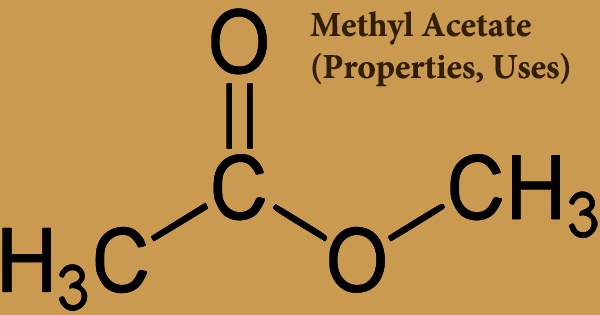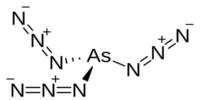Complex metal compounds, also known as coordination compounds or coordination complexes, are molecules that contain a central metal ion or atom surrounded by a group of ligands. Ligands are typically small molecules or ions that have one or more donor atoms capable of forming coordinate bonds with the metal center.
University of Vienna researchers have developed a speciation atlas that has just been published in Science Advances in order to shed light on the elusive behavior and stability of complex metal compounds found in aqueous solutions. This accomplishment has the potential to spur additional research and development in a variety of areas, including medicine, catalysis, and other areas.
Metal atoms can form tiny 3D structures with oxygen, intricate frameworks that look not unlike wire mandalas and that are called “polyoxometalates,” or “POMs.” These POMs are relevant to understanding natural processes in the domains of chemistry, biology, and material science in addition to being effective for managing chemical reactions.
It is extremely challenging for researchers to forecast their structure and, by extension, their function for a variety of applications, from medicine to environmental cleanup, because, like wire mandalas, their structure is highly changeable and dependent on minute changes in their surroundings.
The speciation atlas for POMs represents a significant advancement in our understanding of these complex metal compounds. Its insights have the potential to drive new discoveries and advancements in catalysis, biology, medicine, and beyond.
Annette Rompel
Complex metal compounds exhibit a wide range of properties and have numerous applications in various fields, including catalysis, medicine, materials science, and industrial processes.
Researchers can now properly predict the predicted structure and behavior of 10 frequently used POMs for each given chemical state thanks to a cheat sheet created by Nadiia Gumerova and Annette Rompel from the Faculty of Chemistry at the University of Vienna.
This atlas is a database that includes a predictive model that can be expanded to include POMs besides the 10 that were specifically chosen. It will produce POM species distributions, stability, and catalytic activity while taking into account variables like pH, temperature, incubation time, buffer solutions, reducing or chelating agents, and ionic strength.
Gumerova and Rompel have also created a”roadmap” for other researchers using their own POMs, in order to support future research: By choosing stable POM variants, listing the application system parameters, and then performing experiments known as “POM speciation studies” that show the change of POM structure under various conditions, researchers can make sure they are getting the most accurate results and utilize POMs in their work to the fullest.
“The speciation atlas for POMs represents a significant advancement in our understanding of these complex metal compounds. Its insights have the potential to drive new discoveries and advancements in catalysis, biology, medicine, and beyond,” says Annette Rompel.
















